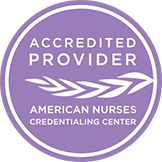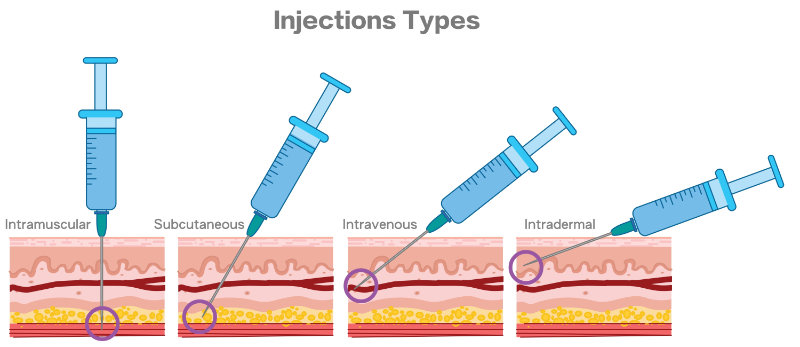While administering medications, it is crucial to recognize the reality of drug interactions and the negative impacts they can have. Residents in long-term care often have multiple chronic conditions or may be in long-term care because of significant medical conditions like Alzheimer’s Disease. Due to underlying conditions, many individuals take multiple medications and may be at higher risk of drug interactions.
The types of drug interactions are (Cleveland Clinic, 2025):
- Drug-drug interactions
- Drug-food/beverage interactions
- Drug-supplement interactions
- Drug-condition interactions
Recognizing how drug interactions can affect those you administer medications to is important in understanding just how dangerous some drug interactions can be.
Drug interactions can cause (Cleveland Clinic, 2025):
- Side effects or toxicity that are uncomfortable and/or dangerous
- Increased effectiveness of the medication, causing it to do more than it is supposed to
- Decreased effectiveness, in which a medication does not work as it is intended because of what it is interacting with
Some medications may need to be avoided based on medical history or current conditions, like kidney or liver disease. Drug interactions can also occur with over-the-counter medications. Make sure any medications you are giving a resident are ordered by a provider, including over-the-counter medications. Supplements can have interaction risks. For instance, St. John’s wort is an herbal supplement that has many dangerous drug interactions, and nurses need to be aware of it. It can lead to serotonin syndrome if taken with SSRIs (selective serotonin reuptake inhibitors). Other common supplements that may interact include garlic extracts, goldenseal, and concentrated green tea supplements (Cleveland Clinic, 2025).
Understanding drug interactions is important to pharmacology and can improve patient safety and well-being. In long-term care, some residents find themselves in a unique situation where they require medical care or assistance, yet are still independent in other ways. Help residents understand drug interactions with medications they take so they can also take part in avoiding certain supplements, medications, or foods that may impact the medications they are currently taking. You may also need to remind them of certain foods or drinks to avoid. Nurses can use many books, apps, and websites to check for interactions. Always use credible and up-to-date sources. Pharmacists are also an excellent reference for medication questions. Utilizing the available tools and resources can make your nursing role less overwhelming and help you provide exceptional care.










